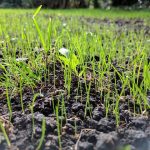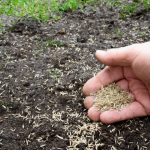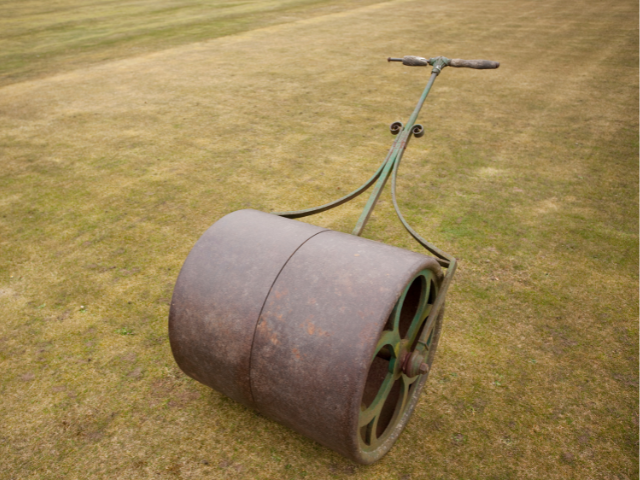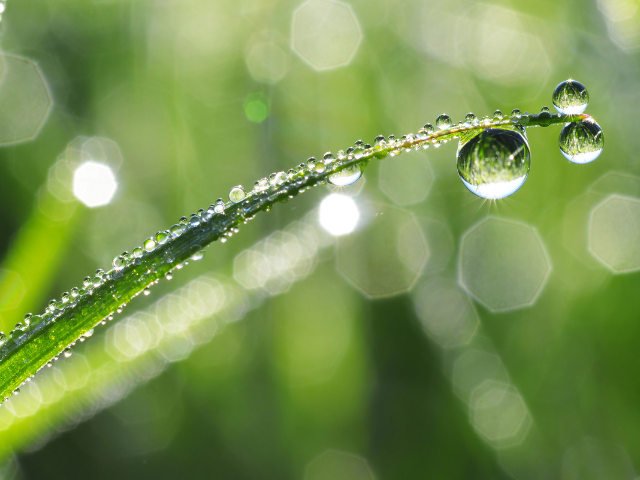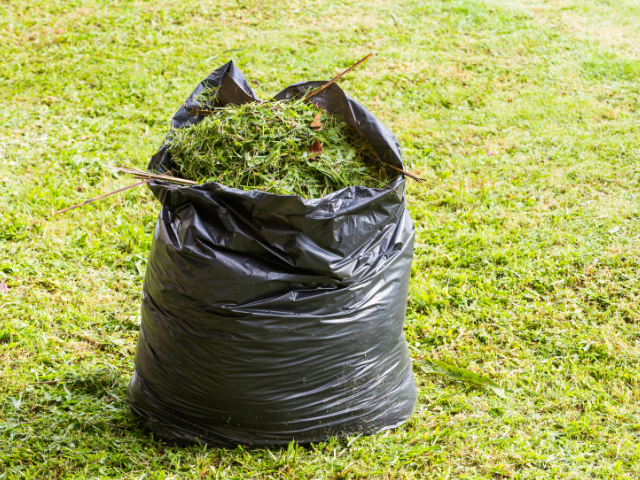Lawn care in summer can be a challenge, but following these five basic rules will help ensure your lawn stays healthy and green all season long.
Best Time to Mow Lawn in Summer
Summer is the time when your lawn really starts to grow. Mowing frequency will depend on the growth rate of your lawn grass, but generally speaking, you should be mowing at least once every two weeks. The best time to mow is early in the morning before it gets too hot. This will make sure that your grass stays healthy and green.
If you cut it too short, it will be more susceptible to disease and pests. Conversely, if you let it grow too long, it will be more difficult to maintain and could result in an uneven appearance.
Here are some tips for mowing your lawn in summer:
- Mow high. Keeping your grass longer will help it stay cooler and reduce water loss due to evaporation.
- Be sure to sharpen your mower blades regularly. Dull blades can tear the grass, making it more susceptible to disease.
- Alternate the direction you mow each time you cut the grass. This will help prevent soil compaction.
Lawn Watering in Summer
The hot summer sun can quickly turn a green, lush lawn into a brown, crunchy mess. That’s why it’s important to water your lawn regularly and deeply during the summer months.
Here are some tips for watering your lawn in summer:
- Water early in the morning. The cooler temperatures and lower winds mean that less water will be lost to evaporation.
- Water deeply and slowly. This encourages deep root growth, which is essential for a healthy lawn.
- Don’t water too frequently. Watering too often will encourage shallow root growth, which makes your lawn more susceptible to drought stress.
- Make sure your sprinklers are properly calibrated. Overwatering is one of the biggest mistakes people make when watering their lawns.
- Consider using a water timer to help you keep track of how much water your lawn is getting.
Lawn Fertilizing in Summer
To have a beautiful and healthy lawn, you must fertilize it regularly. The best time to do this is in early summer before the grass starts growing too actively. This will give the fertilizer time to work into the soil and be available for the grass when it needs it most.
There are many different types of fertilizer available, so it’s important to choose one that is suitable for your particular type of grass. If you’re not sure, ask your local garden center or lawn care specialist.
Aerating Lawn in Summer
Aeration is one of the most important steps in summer lawn care. Aeration helps reduce compaction, which can damage grassroots and make it difficult for them to absorb water and nutrients. It also helps improve drainage and air circulation around the roots, which are critical for a healthy lawn.
There are two main types of aerating your lawn: core aeration and spike aeration. Core aeration is the more effective of the two, as it removes small cores of soil from the lawn that can then be used to improve drainage and air circulation. Spike aeration simply creates small holes in the lawn without removing any soil.
While both types of aeration are beneficial, core aeration is generally the better choice for most lawns.
Lawn Weed Control in Summer
Weed control is an important part of lawn care in summer. Noxious weeds can invade your lawn and compete with your grass for nutrients, water, and sunlight. They can also be unsightly and difficult to get rid of.
There are two main types of weed control: pre-emergent and post-emergent. Pre-emergent weed control prevents weeds from germinating in the first place, while post-emergent weed control kills existing weeds.
Pre-emergent herbicides are typically applied in early spring before weeds start to grow. Post-emergent herbicides are applied during the growing season when weeds are actively growing.
Most effective weed control programs use a combination of pre-emergent and post-emergent herbicides.
FAQs About Lawn Care in Summer
What grass grows in summer?
There are two types of grasses that grow in summer: warm-season and cool-season. Warm-season grasses are more heat tolerant and include species such as bermudagrass, zoysiagrass, and centipedegrass. Cool-season grasses go dormant in hot weather and include tall fescue and Kentucky bluegrass species.
Can you seed a lawn in summer?
No, it is not recommended to seed a lawn in the summer. The intense heat and lack of moisture can cause the seedlings to die. The best time to seed a lawn is in early spring or late fall.
Does grass grow when hot?
Grass grows best in moderate temperatures, so it’s not surprising that it often slows down or stops growing during hot weather. If your lawn is looking a little lackluster, don’t worry—there are still some things you can do to help it stay healthy until the cooler weather returns.

